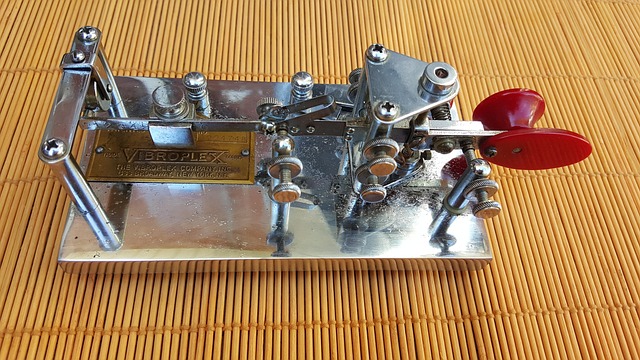
Learn Morse Code: A Simple Guide to Mastering the Dits and Dahs
Some interesting stuff to research first:
- How To Outsmart a Romance Scammer
- America To See Unprecedented Surge In Online Shopping Scams On Black Friday And Cyber Monday
- All features for €2.29/mo
Get Surfshark
Why Learn Morse Code?
Morse code is more than just a historical communication method; it’s a valuable skill for emergency preparedness, hobbyist radio operators, and anyone interested in cryptic languages. Knowing Morse can boost your confidence in situations where voice communication fails and adds a fun, brain‑training challenge to your routine.
Understanding the Basics
The Morse alphabet consists of dots (·) and dashes (–) that represent letters, numbers, and punctuation. Each character is separated by a short pause, each letter by a longer pause, and each word by an even longer pause. For example, the letter A is “·–”, while B is “–···”.
Step‑by‑Step Learning Plan
1. Start with the Most Common Letters
Focus on the five most frequent letters in English: E (·), T (–), A (·–), O (–––), and N (–·). Practice them until you can recognize the patterns instantly.
2. Use Mnemonics
Create visual or auditory cues. For instance, think of the dot as a “short tap” and the dash as a “long press”. Associating each letter with a simple word or image speeds up memorization.
3. Practice with Audio Tools
Free online generators let you hear Morse code at adjustable speeds. Start slow (20 WPM) and gradually increase to 20‑30 WPM, the standard for amateur radio.
4. Write and Decode Daily
Write short messages in Morse and then decode them. Apps like “Morse Code Trainer” provide instant feedback and track progress.
Tips for Retention
Consistent short sessions beat marathon study periods. Aim for 10‑15 minutes a day. Incorporate Morse into daily life: tap out the time on a clock, or send a quick text to a friend who also learns.
Applying Morse in Real Life
Once you’re comfortable, try using Morse in ham radio nets, as a backup communication method while hiking, or even as a secret code with friends. Many modern smartphones have Morse apps that let you send messages via vibration, keeping the tradition alive in the digital age.
Conclusion
Learning Morse code is a rewarding journey that blends history, technology, and mental exercise. By following a structured plan, using audio tools, and practicing regularly, you’ll be able to translate thoughts into dots and dashes and decode messages with ease. Start today—your first word could be “HELLO” in Morse: “··· — · ·‑‑ · ·‑‑ — ·”.
**Please help us grow and share this article with your friends 🙏 😊





Posted Comments